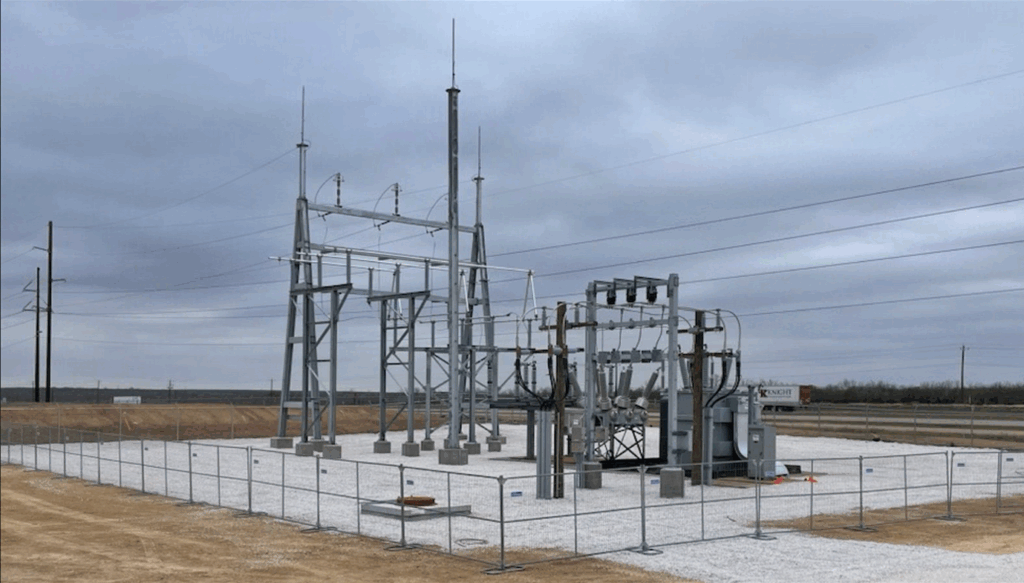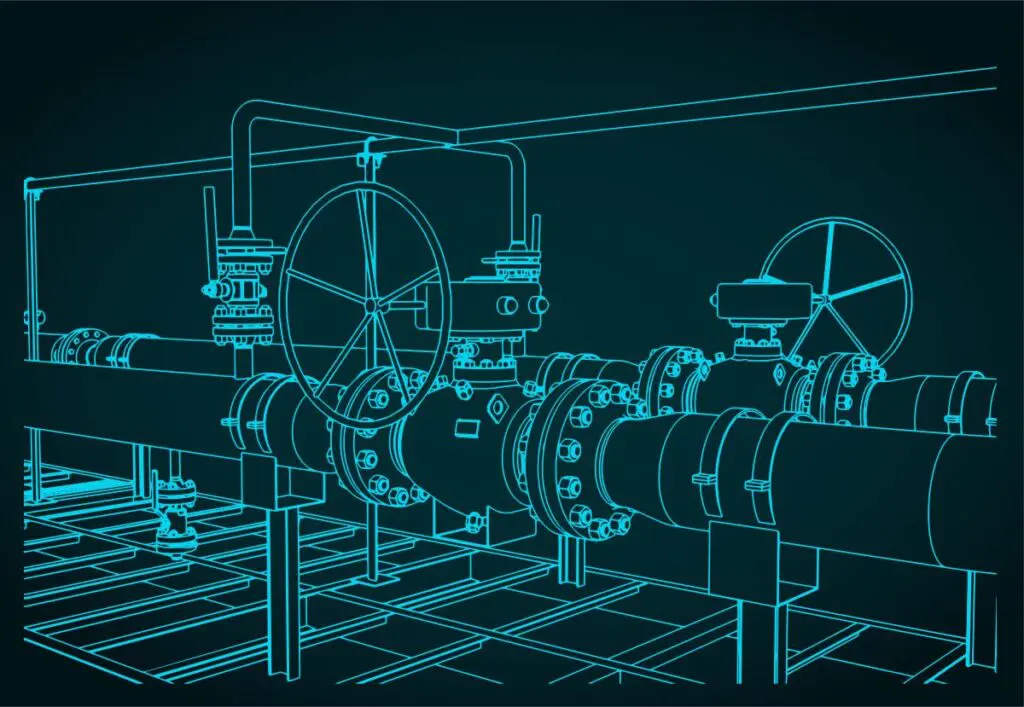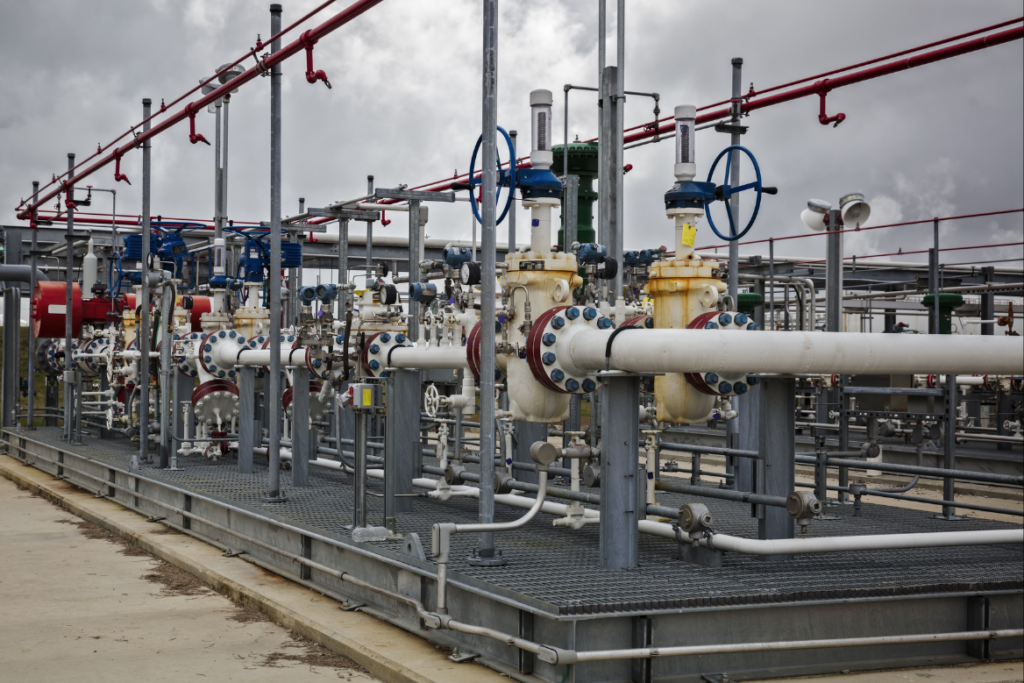

Want to share this article?
GIS Helping Operators Overcome Pipeline Routing Challenges
Between geographical limitations, geotechnical challenges, right of ways, funding, and precise coordination with local, state and federal agencies, pipeline routing has become one of the most difficult tasks facing oil and gas producers today.
Sub-optimal route selection can result not only in economic loss for the owner/operator but also in lasting environmental impacts on landowners, townships, and surrounding ecology.
In North America especially, pipeline construction has become particularly important as current infrastructure is unable to keep pace with the rising production demand. In addition, many existing pipe networks are rapidly approaching the end of their useful life and will need to be replaced relatively soon. The booming midstream industry has also given rise to more competition for pipeline owners and operators, and as a result, route selection has become increasingly complex.
In the past, the traditional method of selecting a route involved finding the shortest path between two locations, gathering all relevant information pertaining to the route area (maps, photographs, field surveys, etc.), and then determining whether or not pipeline construction would be physically and/or economically feasible. However, with the help of advanced mapping software like GIS, many owners and operators are discovering that this may no longer be the most efficient way of performing this task.
In many instances, the shortest path does not equal the least cost path and through the use of GIS software on many real-world pipeline projects, this has been proven time and time again. Despite its many benefits, some operators have still been reluctant to take full advantage of GIS mapping services, but with route selection becoming more critical than it has ever been to the overall design and construction of pipelines, outdated selection methods are quickly becoming a thing of the past.











